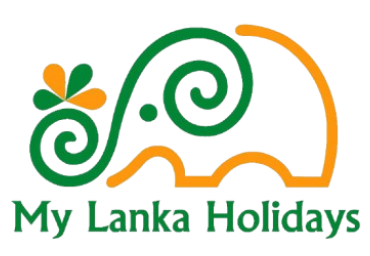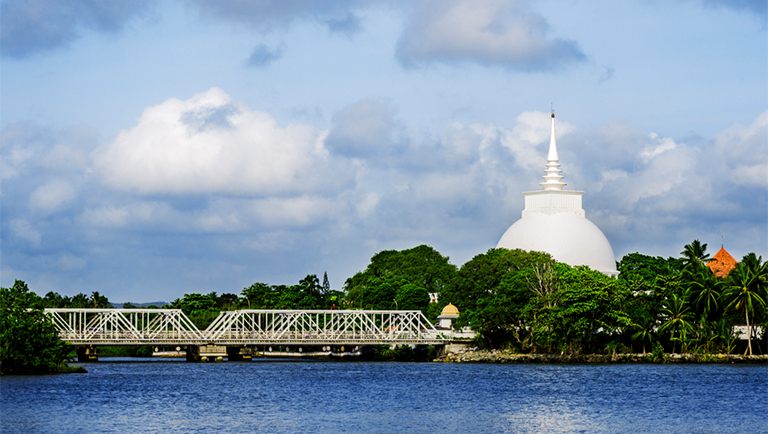
Kalutara
Explore Kalutara, famous for its beautiful beaches, vibrant markets, and the iconic Kalutara Bodhiya.

About Kalutara
WHAT
Kalutara is a town that was once an important spice-trading centre controlled by the Portuguese, Dutch and British. Today it is known for its fine basketware and the best mangosteens on the island. There are coconut palm gardens, therefore a lot of products are made from coconuts, especially coconut-fibre mats, rugs and baskets. Throughout history several nations were interested in Kalutara because of its spices, especially cinnamon and nutmeg. First it was besieged by the Portuguese, then by the Dutch and finally by the British. The Portuguese built a fort on the site of a Buddhist Temple, which is historically important. History of Kalutara suggests that it was one of the 32 places indicated in the 2nd century BC to plant the sacred Sri Maha Bodhi tree. According to The Sinhala Maha Bodhi Wanshya the historic Kalutara Bodhi exited unharmed until 1505 AD; but this scared area became a Portuguese fort in the 16th century. The Dutch left behind canals linking the spice plantations when they deserted the Kalutara spice port, later, it was replaced with rubber plantations by the British, but those old spice route traces can be seen even today.
WHERE
Kalutara is placed about 45km south of Colombo. There is Colombo district to the north, Rathnapura district to the East, Galle district to the south and Indian Ocean to the west. It is located at the mouth of the river Kalu Ganga. Kalutara got its name from the Kalu Ganga or Black River
WHAT TO DO
There are many natural and historical highlights at Kalutara: Kalutara Bodhiya, Munidasa Kumaratunga Monument, Panadura Rankot Viharaya, Anglican Church, Bolgoda, Richmond Castle, Pahiyangala, Beruwala Ketchimalai Mosque, Beruwala Fisheries Harbour, Beruwala Light House, Brief Garden, Pavurukanda Viharaya, St. Vincente Institute of Maggona, Yakgirilena Hermitage and Kande Viharaya.
Visit Places
© All Rights Reserved | Designed and Developed by NB Code Zone.